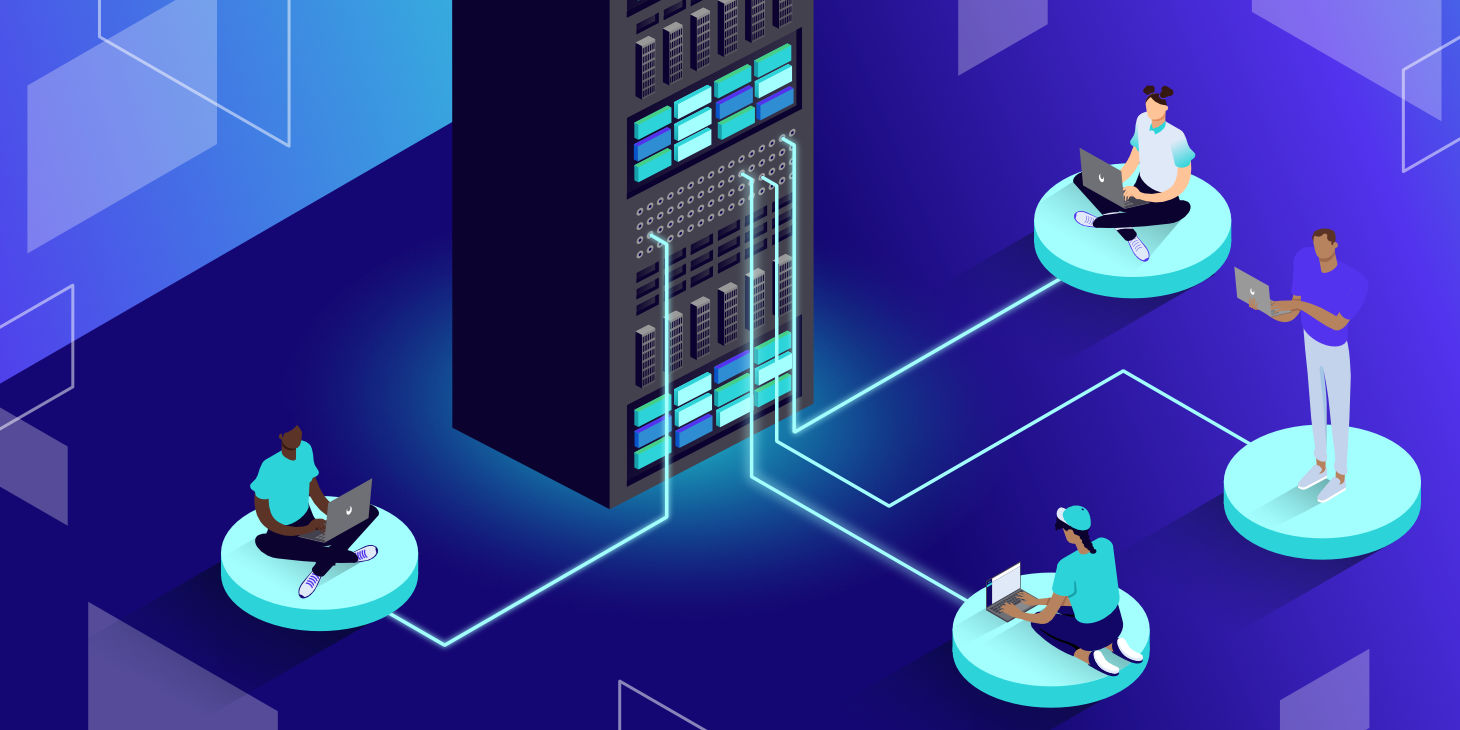
Cloud Security Concerns of 2025 by AI
In 2025, cloud technology has become the backbone of operations for businesses and public institutions worldwide. As its adoption surges, data security has emerged as one of the decade’s most pressing issues. While Artificial Intelligence (AI) has greatly improved the defense of cloud infrastructures, it is also introducing new forms of risk that demand immediate attention.
Automated Cyberattacks Powered by AI
In the past, cyberattacks required technical expertise and considerable time to execute. Today, with the aid of AI, attackers can automate intelligent attacks using algorithms that adapt in real-time to security systems. This means that traditional firewalls can be bypassed by AI capable of learning and analyzing vulnerabilities within seconds.
Deepfake in Authentication and Digital Identity
Deepfake is no longer just a social media threat. In 2025, AI-generated voice and facial replication are so advanced they can deceive multi-factor authentication systems, including biometrics. This development challenges the reliability of visual authentication and has driven a demand for new methods of identity verification.
AI as a Dangerous Defender
The security paradox of today’s cloud is that the same technologies used for protection—such as AI-driven traffic monitoring, anomaly detection, and data filtering—can also be exploited to aid in attacks. A sophisticated AI used by malicious actors can simulate defense systems to pinpoint the weakest links.
Risk of Data Poisoning
AI systems operating in the cloud rely heavily on large datasets to learn and make decisions. If these datasets are intentionally tampered with—a tactic known as “data poisoning”—the AI outcomes can become inaccurate or even harmful. For instance, an AI managing access control might begin granting unauthorized permissions if it’s fed misleading data.
Lack of Transparency in Cloud-Based AI Models
A growing concern in 2025 is the lack of transparency in large AI models running in cloud environments provided by companies like Google Cloud, Microsoft Azure, and AWS. These models often function as “black boxes,” offering no clear insight into how decisions are made. In the event of a breach or failure, the inability to audit these models makes detection and resolution extremely difficult.
In this rapidly evolving landscape, the intersection of AI and cloud technology has given rise to a new generation of security concerns that call for smarter and more responsible approaches.